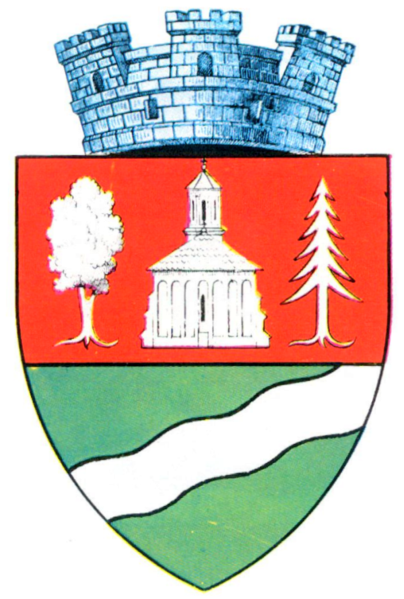 Solca
Solca

Solca is a town in Suceava County, Bukovina, Romania, with a population around 2,500 inhabitants. Its name is derived from that of the river flowing through it, in turn derived from Slavic sol ("salt") — in reference to the area's salty springs.
The town was first mentioned in a document issued by Moldavian Prince Alexandru cel Bun on January 15, 1418. In the following centuries, Solca became a market town for the surrounding area. Together with the rest of Bukovina, it became part of the Habsburg Monarchy, and was eventually part of Austria-Hungary; its fresh air helped established Solca as a renowned summer resort during the period.
During World War I, the town was the scene of Eastern Front battles between the armies of Austria-Hungary and the Russian Empire.
The town is celebrated for its monumental Romanian Orthodox church, the former Sts. Peter and Paul's Monastery (1613-1623), also knowns as Solca monastery, built by Voievod (Ruling Prince) Ştefan Tomşa II of Moldavia (1611-1614; 1621-1623), and closed by the Habsburgs in 1785, and a beer factory that ranks among the oldest in the country. Salt springs are located in the northern forested area. Solca is also relatively close to the Cacica salt mine and the Arbore church.